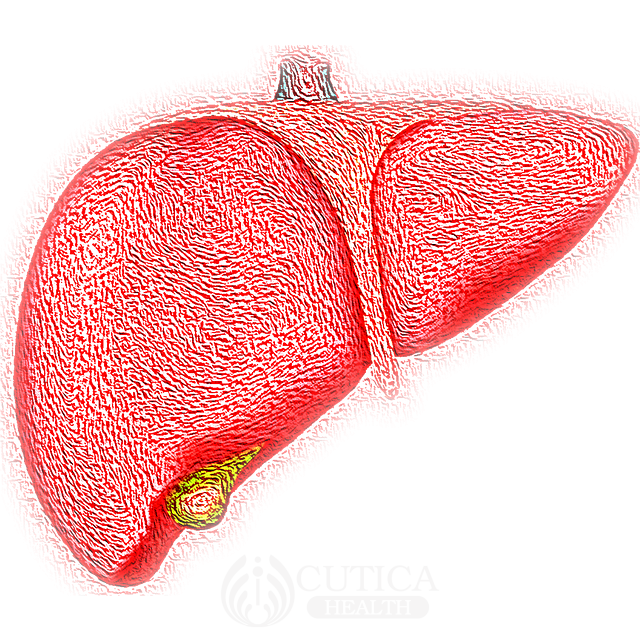
After the virus incubates for about two weeks to a month, it begins to produce mild-to-moderate symptoms such as malaise, fever, loss of appetite, dark-colored urine, yellowness of the skin and white of eyes (i.e., jaundice), and abdominal pain.


Unlike hepatitis B, C, and D, hepatitis A does not progress to a chronic state and almost everyone with the disease recovers fully with no chance of getting it again. However, a few infected persons may die from a severe complication called fulminant hepatitis (acute liver failure), in which the liver is severely damaged.
According to the World Health Organization (WHO), more than 7,134 people died of hepatitis A in 2016. The risk of death from hepatitis A is greater in adults than children


Good personal and hand hygiene, improved environmental sanitation, food safety, and safe water supply are effective measures of preventing the disease. Furthermore, inactivated vaccines are available to protect against the virus.
Hepatitis C
Hepatitis C is an infection of the liver caused by the hepatitis C virus. One can get the infection if blood contaminated with the virus enters into one’s bloodstream. Unlike hepatitis A which can be prevented through vaccination, there is no effective vaccine for hepatitis C. The risk of hepatitis C varies between geographical areas, so it is important to discuss with a health professional who is familiar with the risk in your area.

According to the World Health Organization, those at risk of infection include:
- People undergoing medical procedures (such as the transfusion of infected blood or blood products, renal dialysis, reuse of syringes, catheters, needles and other medical equipment) in a clinical setting with substandard infection control practices
- People who inject drugs using contaminated injection equipment and paraphernalia
- People who have used intranasal drugs or undergone cosmetic procedures (such as tattooing and body piercing).
- Sexual partners of people infected with hepatitis C, although the risk is very low in heterosexual couples. Those at higher risk include HIV-infected men who have sex with men as well as others infected with HIV
- Infants born to mothers with hepatitis C virus infection.
Hepatitis C may not produce any symptoms in its early stage; however, when symptoms appear in this stage, they include the typical symptoms of all forms of viral hepatitis such as dark-colored urine, poor appetite, weight loss, itchy skin, jaundice, and fatigue. In about 15-45% of infected adults, this early disease resolves on its own within 6 months.

If the infection does not resolve spontaneously, the disease progresses into a chronic state, which remains ‘silent’ for several years. When symptoms of this chronic hepatitis C state present, the liver is already severely damaged. As such, it is important to find persons with chronic hepatitis C and treat them before liver damage sets in. Chronic hepatitis C is curable with effective drugs. Complications of untreated chronic hepatitis C include cirrhosis in some people and cancer of the liver in the most unlucky persons.
If you have any of the risk factors for hepatitis C, make sure you get tested. After proper evaluation, your doctor will be able to decide whether you are infected and the best way to become well. Persons with chronic hepatitis C should stay away from alcohol to avoid even faster and more severe liver damage.












